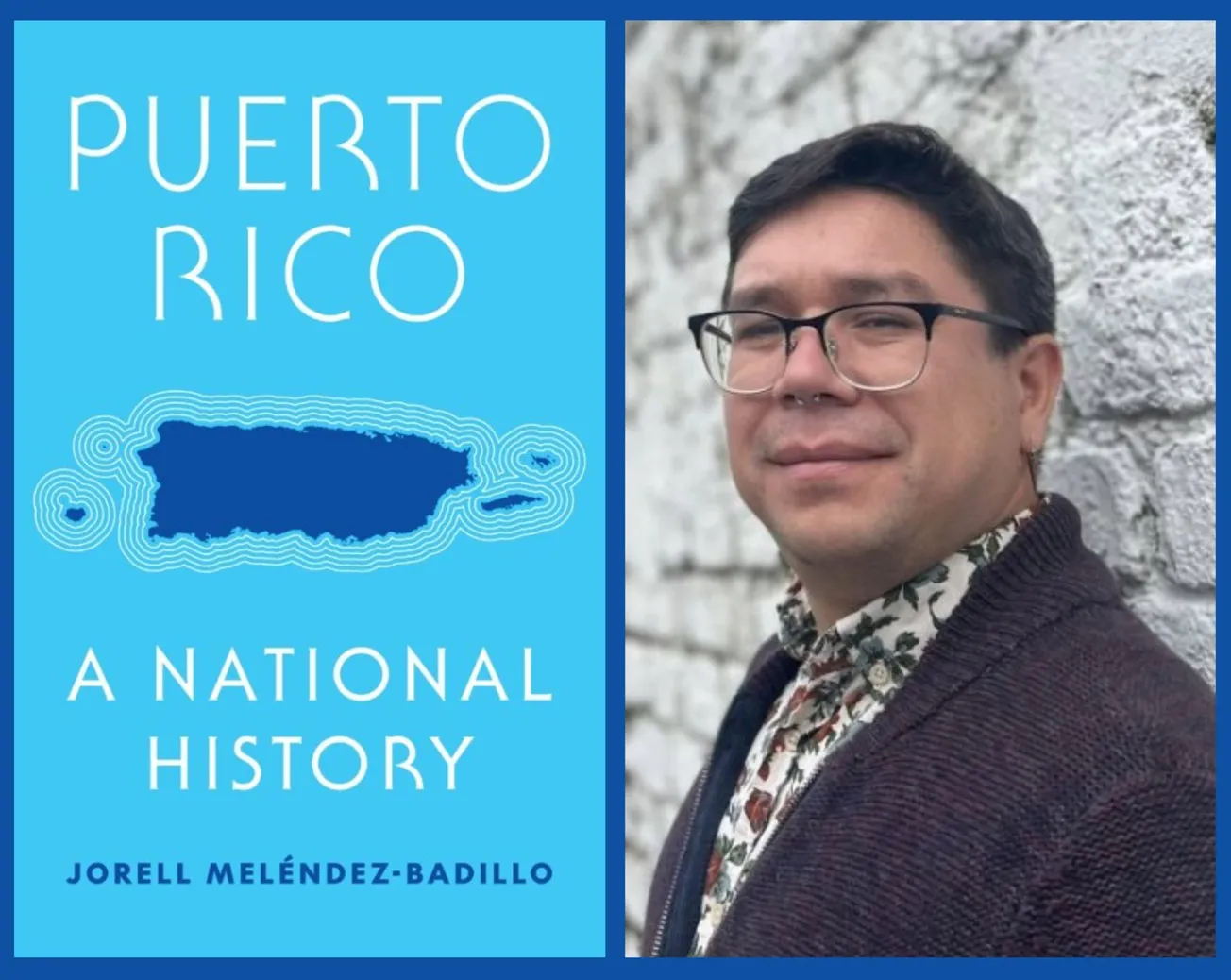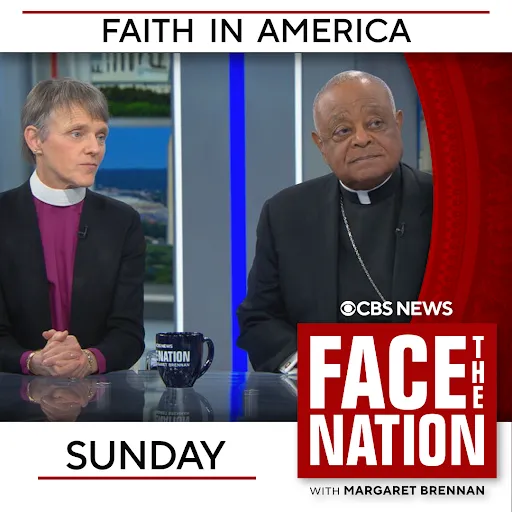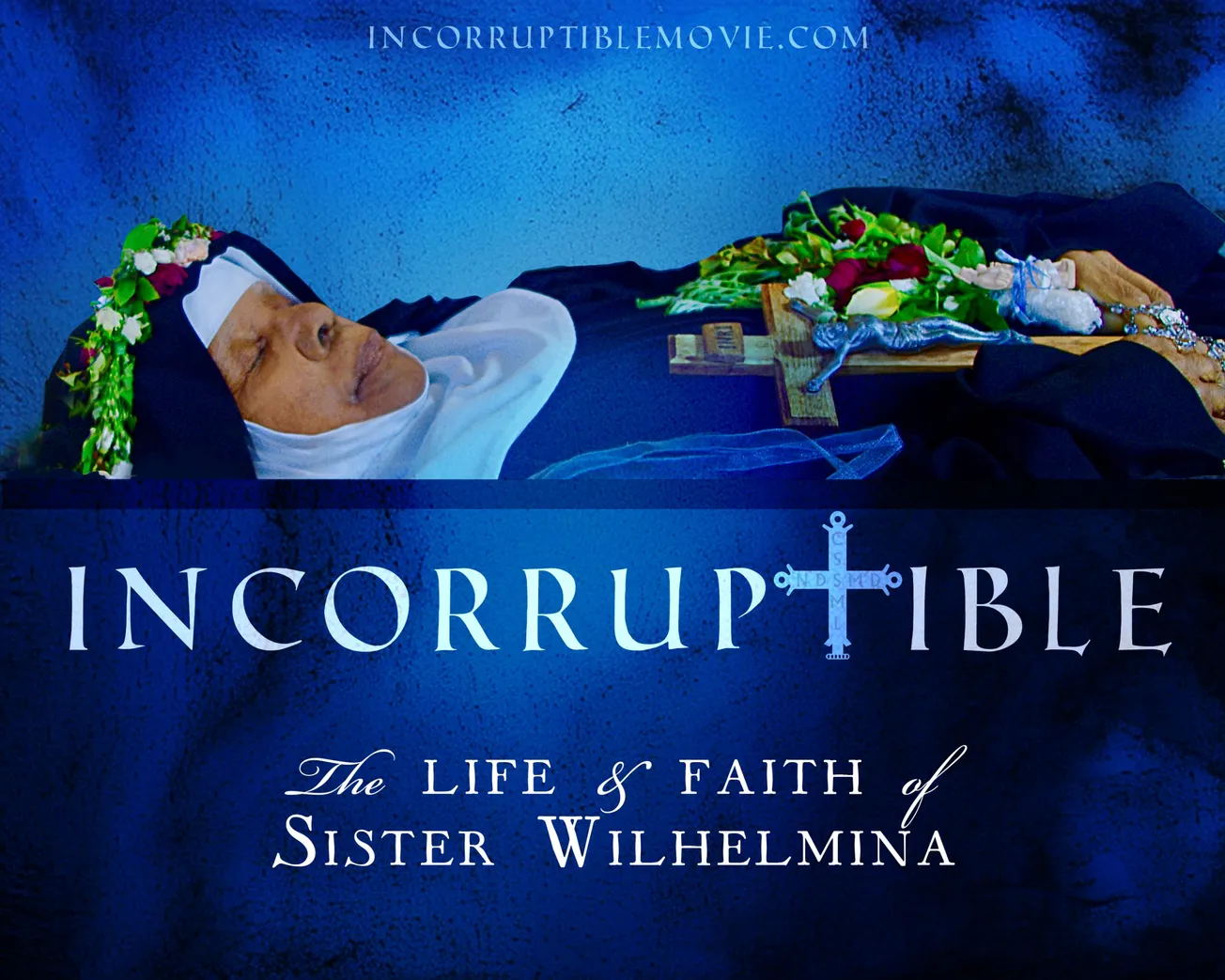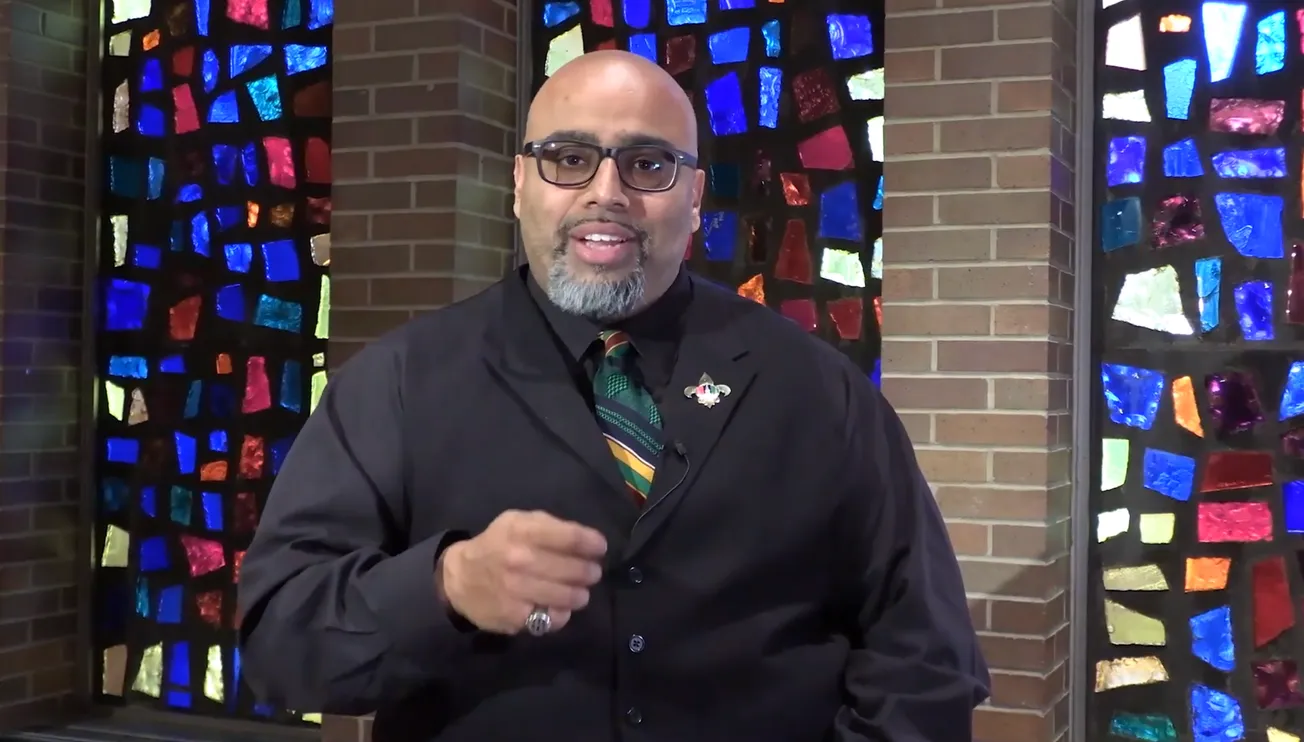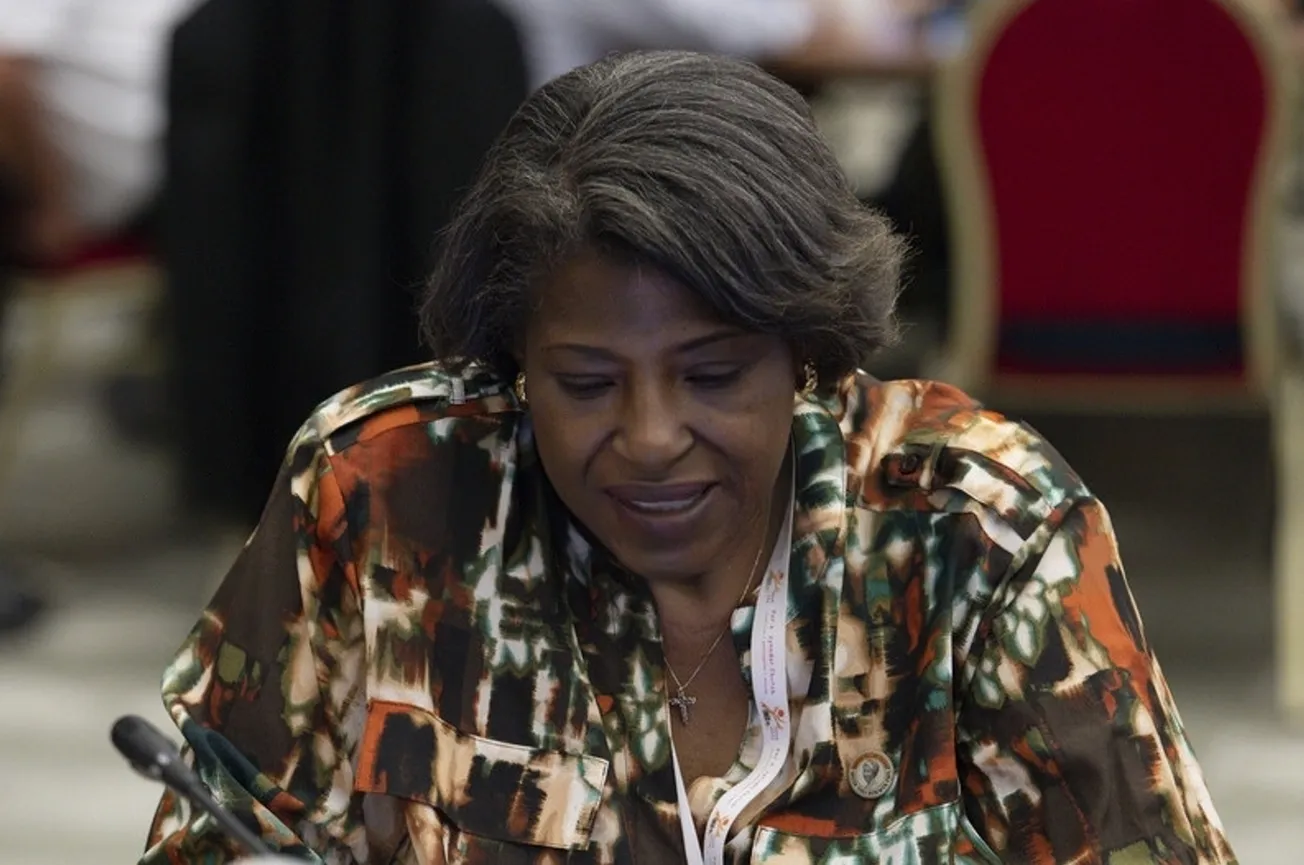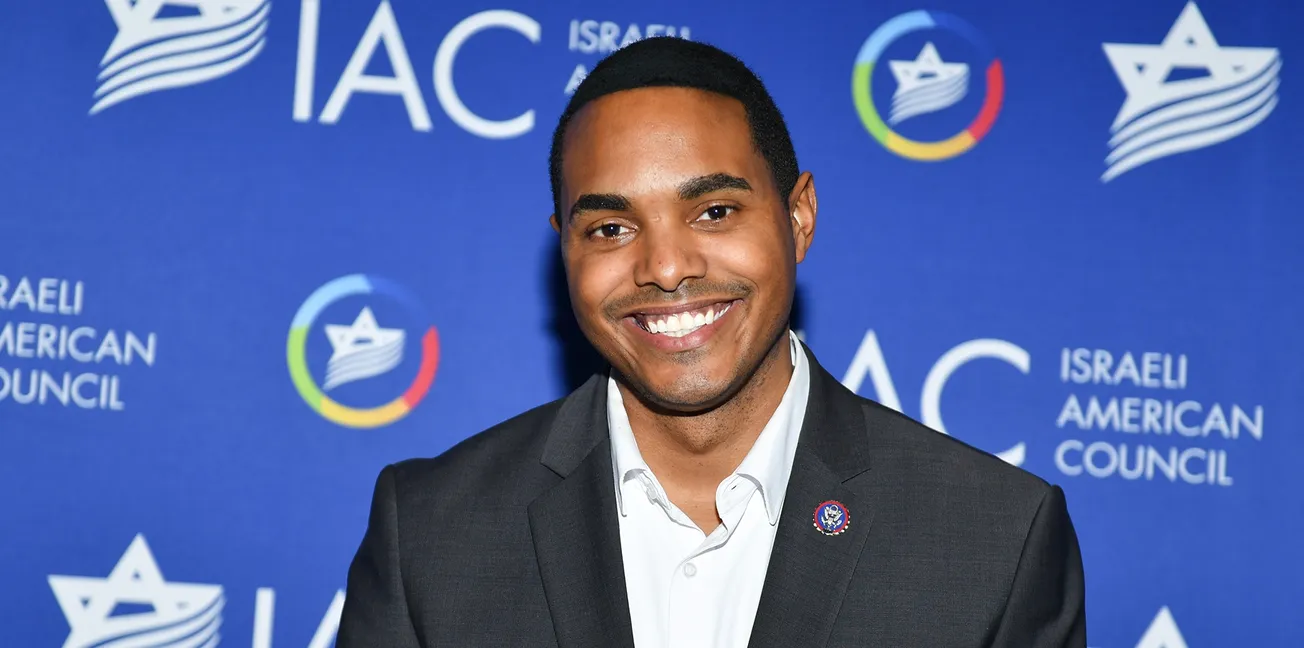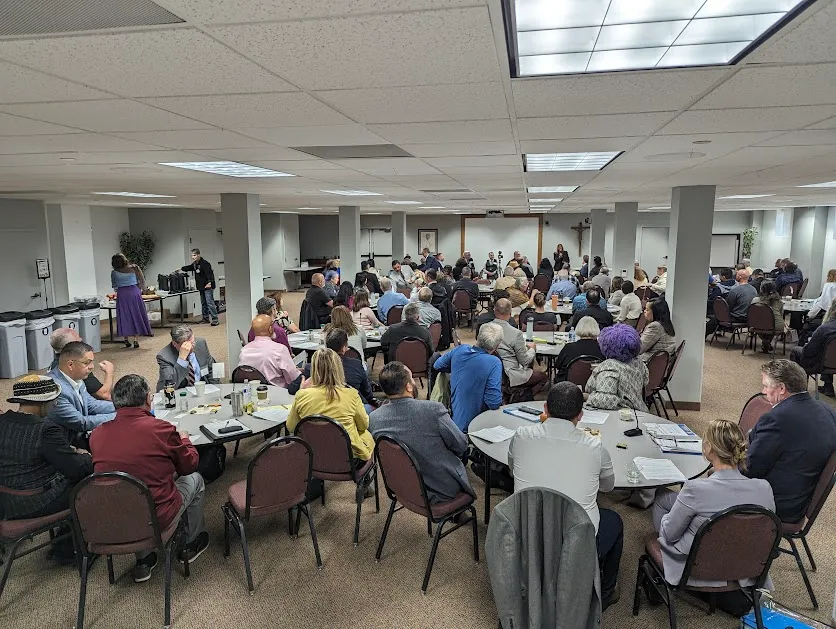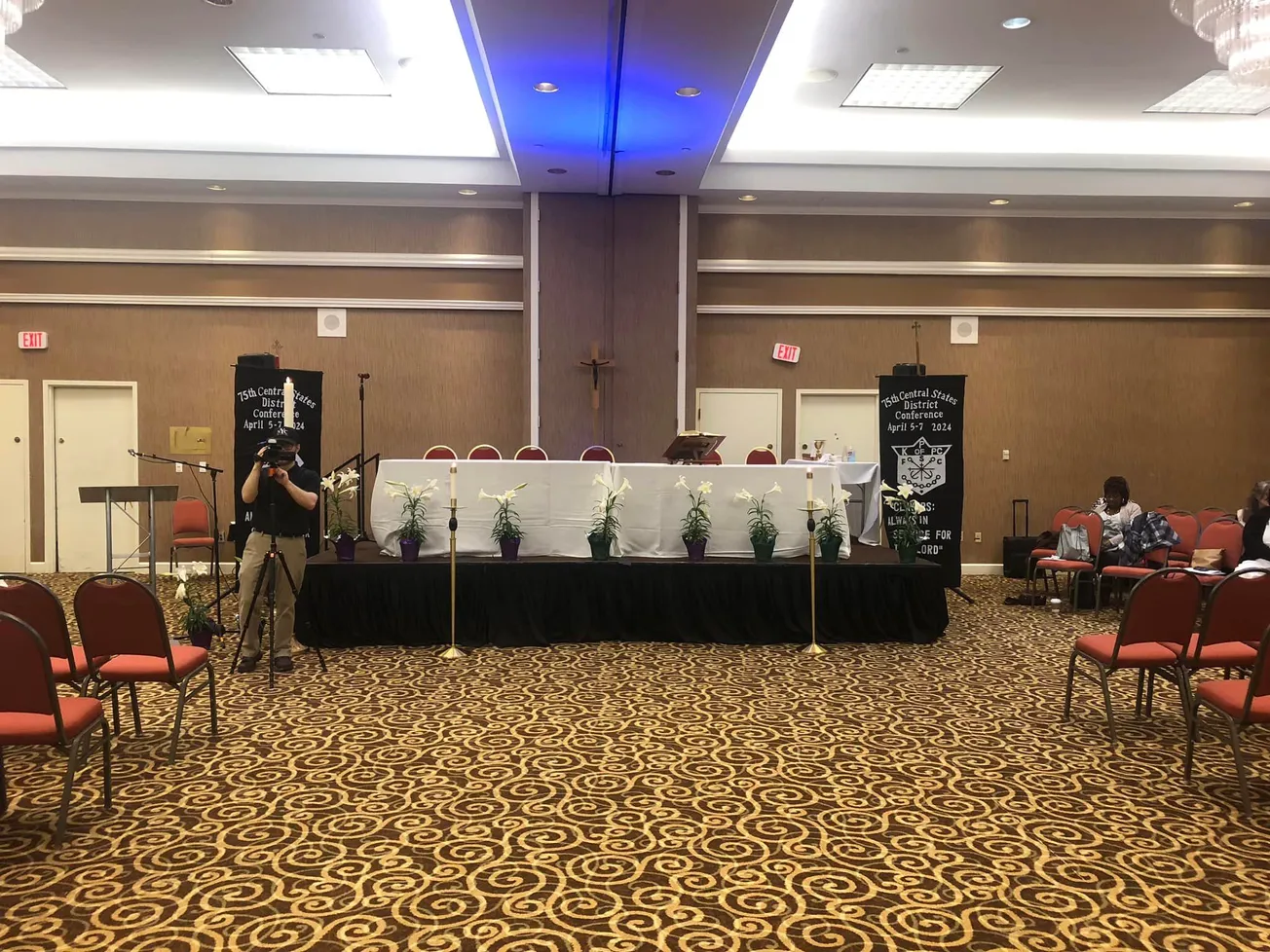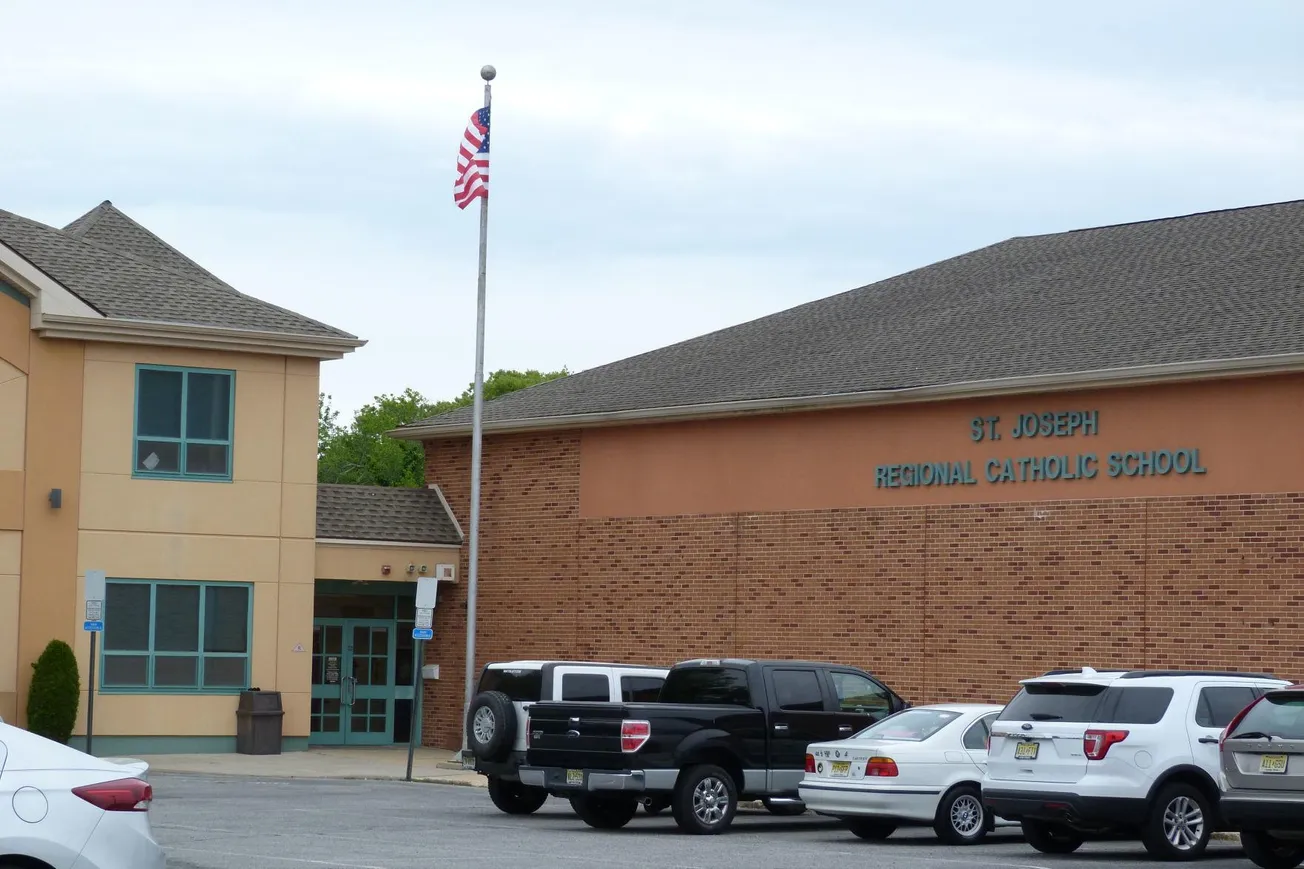Puerto Rico is one of the United States’ several colonial territories, not a state and not fully recognized with constitutional protections. It is often forgotten in discourse about what it means to be American and what it means to be descended from indigenous and enslaved communities in what is now the United States.
Dr. Jorell A. Meléndez-Badillo is one thinker aiming to change the narrative and his new book, “Puerto Rico: A National History,” hits shelves today with a provocative look at the Caribbean island and its still-complicated relationship with the mainland and the federal government. Badillo, who teaches at the University of Wisconsin–Madison, recently sat down with Nate Tinner-Williams to discuss the new text and some unanswered questions of Boricuan reckoning.
Note: This interview has been edited for length and clarity.
Nate Tinner-Williams: Puerto Rico existed long before any foreign invasion and the new order of Spanish and American colonialism. What are most people missing about that era of the history of the island?
Jorell Meléndez-Badillo: One of the things that I try to do in the book is to showcase the vibrant cultures and societies that pre-Columbian peoples had created in the archipelago. So that's the main thing oftentimes when we think about pre-Columbian societies or indigenous peoples writ large even in the present day: there's this sort of 19th-century trope of civilization vs. barbarism. What I wanted to highlight in the book is that these people that the Spanish encountered—I often joke that it's the other way around. We have this narrative of Columbus arriving and “discovering” the “New World,” but I see it as indigenous people discovering these Spaniards lost at sea. So that's the first thing that I wanted to do in the book to highlight the vibrant and complex societies that these people had created. We don't have access to those societies because they didn't keep a written record. But that does not mean that they didn't have their own systems of belief, systems of culture, of understanding nature, of relating to each other.
The second thing I highlight in the first chapter of the book is these people's connection to larger communities. The book is a history of Puerto Rico. It's a national history. It's a history of an archipelago but I didn't want that history to be insular. I wanted that history to also touch upon other sorts of cultures that were surrounding Puerto Rico. Indigenous communities were also part of broader networks. They were communicating with one another. When the conquests, in their early days, developed into this sort of violent thrust, the indigenous communities were communicating with one another and telling each other what was happening.
Thirdly, although this book is written for a larger audience, I also wanted us to think about what it means to write the history of those who didn't leave a written record. All the sources that we have are from the Spaniards’ perspectives—the chronicles. Most of what we know is also from archeology and anthropology and looking at remains that we have found. But I wanted us to be OK with not knowing what happened in the past. As a historian, I need to make my peace with that and also, I think that doing so honors the other ways of knowledge that these people constructed, which were not rooted in the written word and the larger European tradition. They were participating in broader indigenous Caribbean traditions of production and of knowledge circulation, etc.
NTW: So that history of the island with the Taíno people, how does that intersect with the Spanish and also the African confluence there starting in the 16th century? What does that produce in the next century?
JMB: When we think about the history of Puerto Rico in the 1500s, it's a history of pre-Columbian societies that had lived there for millennia. I was talking earlier about how we don't know what happened in the past. We don't even know how these people named themselves. “Taíno” is a word coined by the Spaniards that means “good people”; [the Spaniards] overheard them using it. Then you have the conquest that began in Puerto Rico, particularly in 1508. The Spaniards arrived in the Caribbean in 1492. They arrived in Puerto Rico in 1493, but it's not gonna be until 15 years later that they actually start the conquest of Borikén, later known as San Juan, then as Puerto Rico.
Very quickly, what the Spanish are interested in is the mining of gold. In order to do that, they used indigenous peoples as enslaved laborers. There was a system of encomienda in which the Spanish crown would give the title “vecino,” which is a title akin to modern-day citizenship, with a plot of land and people to work that land. The thing is that indigenous peoples 1) fled the areas where the Spaniards were at, 2) started a major rebellion in 1511, which I document it in the book, led by Agüeybaná II, a cacique or chief from the southern part of Puerto Rico, and 3) a lot of them died because of the germs that the Spanish brought, because of the weapons, and because of these wars.
As this was happening, the crown began importing enslaved African peoples to the Caribbean to continue this machine they created to mine gold. They then moved to sugar, but the indigenous folks and the enslaved African folks meet when they're running away from the conquest. Now you have a society in which you start seeing a sort of racial hierarchy forming. That's important because the first African-descent peoples that arrived in Puerto Rico were not enslaved. I talk about the Mejías family. who owned indigenous slaves at some point, but as the century goes by, we see this sort of consolidation of a racial hierarchy in which Blackness is going to be equated with enslavement.
There’s also this trope that indigenous people were decimated, which is not true either. There's a census that happened in 1530 known to historians as “El Censo de Lando.” Francisco Manuel de Lando was the governor of Puerto Rico who ordered this report. It was not actually a census, but we call it that and it notes that there's only a handful of indigenous people left in the archipelago. So a lot of historians for a long time said, “We exterminated all the indigenous peoples.” I think the story is not so simple. Indigenous peoples continued to survive and resist the conquest in the mountains, running away. That’s where they also merged with African enslaved peoples who were running away from the conquest. So we see that there's a mixture happening by the 1500s and then there's a moment in the 1600s when White Spaniards are a minority. Puerto Rico was predominantly Black.
Not only that, but it was also indigenous, too, right? But that does not mean the White Spaniards never lost their power. They were at the top of the hierarchy. The reality in Puerto Rico, which you see in the letters from the governors, was that they always feared revolts of the enslaved. Indigenous peoples and enslaved African-descent peoples in Puerto Rico did not passively accept the reality. They challenged the colonial system from day one. The first major indigenous insurrection took place in 1511 and the first major African-descent insurrection was in 1514. That gave way to racial mixture, mestizaje, and the Spanish sort of consolidating a racial order in Puerto Rico.
NTW: That's fascinating, especially given the unique racial hierarchies that the Spanish instituted across their empire, which is quite different from how it worked in the mainland United States. Thank you for that context.
Speaking of the mainland, there's obviously the shift from Spanish to American rule around the turn of the 20th century. What did that shift look like on the island and how does your book help make it clear to readers?
JMB: In 1897—in fact, a few months before the U.S. entered—Puerto Rico had been granted autonomy from Spain and they created their own autonomic government. Spain also granted it to Cuba. Cubans didn't want it; Puerto Ricans celebrated it. I say that just to sort of lay the context for the U.S. occupation beginning July 25, 1898. Now San Juan had been bombed earlier, in May of that year, but the occupation of Puerto Rico began on that date. It was consolidated in December with the Treaty of Paris.
Puerto Rico went from being a colony of a decaying empire for 400 years to being within the U.S. orbit. The U.S. led a military government in Puerto Rico from 1898 all the way to May 1, 1900. There's a chapter in the book that I call “Foundations of U.S. Colonialism in Puerto Rico,” because the first three decades of the 20th century are the moments in which the U.S. is reshaping the local political polity. I try to highlight the agency of Puerto Ricans throughout Puerto Rico's history. Although we were a colony of Spain and then of the U.S., Puerto Ricans have been actively participating in their political future within the colonial orbit.
In those first three decades of U.S. occupation, you see the creation of the University of Puerto Rico in 1903, the expansion of the school system, and at the same time the name of Puerto Rico was changed to “Porto Rico” because the U.S. officials could not properly pronounce “Puerto Rico.” The school system was changed to English. There was an intense process of assimilation.
Puerto Rico had been traditionally Catholic throughout its Spanish colonial history, and now after 1898, you see a lot of Protestant churches dividing the island. They had a map of Puerto Rico and they divided it in order to go into different parts of the island. So Presbyterians were in one part. Methodists were sent to another part. In fact, the first report that the president of the U.S. receives is from a Protestant minister he sent to Puerto Rico to study the social conditions there.
I tell my students that the conquest in 1898 was an epistemic and ontological clash. Epistemic, because it changed the ways that Puerto Ricans conceptualize reality and the world, the ways that they constructed their ideas. Ontological, because it changed the ways they understood themselves. On the other hand, we might say, yes, the school system expanded; yes, we now had a university. But at the same time, Puerto Rico became a huge sugar factory for the U.S. and it was mostly absentee corporations that reaped the benefits from Puerto Rico. That money did not stay there on the island. So by the 1930s, when the Great Depression happened in the U.S., it impacted Puerto Rico even more brutally. So there was a very very dire situation by the 1930s, three decades after the US occupation began.
.@jorellmelendezb's Puerto Rico is an engaging, sometimes personal, and consistently surprising history of colonialism, revolt, and the creation of a national identity.
— Princeton University Press @princetonupress.bsky.s (@PrincetonUPress) March 18, 2024
The book arrives April 2 in English from PUP & Spanish from Planeta! Learn more: https://t.co/FbMOKcFu4h pic.twitter.com/I608b53dqb
NTW: Fascinating. I didn't know a lot of that history. And if I understand correctly, it seems like this story of extraction on the part of the U.S. government continues, that it's still a struggle for recognition and autonomy. Is that fair to say?
JMB: Absolutely. You just hit the question of how to understand Puerto Rico. Puerto Ricans became U.S. citizens in 1917 as part of the Jones-Shafroth Act. Then the Merchant Marine Act was added three years later in 1920.
It's a second-class citizenship because, during the first two decades of the 20th century, there were a series of Supreme Court cases known to scholars as the Insular Cases—which were not only about Puerto Rico but about all the new colonial possessions the U.S. got after in the War of 1989 [the Spanish–American War]. In these cases, which I talk about in the book, there are a few things that are established that are still the law of the land today: First is that Puerto Rico belongs to but is not part of the United States.
Also, that “the flag does not follow the Constitution.” From 1917 to 1921, there was a case in which this worker was charged with libel and he said, “I'm protected by the Bill of Rights.” So the Supreme Court basically decided that he was not fully protected by the U.S. Constitution because he was physically in Puerto Rico. I'm talking to you from Wisconsin right now and I'm fully protected by the Bill of Rights, but as soon as I get on a plane and I land at the Luis Muñoz Marín Airport in San Juan, I am not fully protected by the Bill of Rights because of this 1921 Insular Case.
The first insular cases were ruled by the same court that ruled Plessy v. Ferguson, which led the way to the Jim Crow South. It's these same people who were thinking about what they called the “Indian Wars,” which were basically the genocide of indigenous native people in the U.S. for the sake of expansion. Then they're thinking about what they’re going to do with Puerto Rico, these “barbarous, backward” people. Those are legal precedents that still have power today.
The other thing about the Jones Law and citizenship is that it also made municipal bonds triple tax-exempt, to make them attractive to investors outside of Puerto Rico. Why do I say that? When the debt crisis happened in 2015, wherein the Puerto Rican government said that they could not pay their debt, vulture funds arrived in Puerto Rico in droves to buy these triple tax-exempt bonds—because in 1952's Puerto Rican Constitution, it says that Puerto Rico has a duty and an obligation to pay its debt before paying for social services.
What I'm trying to get at is that this early 20th-century history still impacts the present in Puerto Rico and it curtails our ability to foster a future. The last thing I'll say is that the Merchant Marine Act of 1920—a nativist protectionist law that sought to protect the U.S. economy—basically states that everything that gets imported to Puerto Rico needs to be carried by a U.S. Merchant Marine vessel flying a U.S. flag with an all-U.S. crew. The U.S. Merchant Marine is one of the most expensive Marines in the world. So everything that gets imported to Puerto Rico—and mind you, Puerto Rico imports 85 to 90% of all the things it eats—has to be taxed and sent through the Merchant Marine. We cannot simply trade with anyone in the world. We know we need to trade through the Merchant Marine. So it's basically a law that makes life in Puerto Rico very expensive.
This might sound like scholarly musing, but for folks in Puerto Rico, it is a reality that food is extremely expensive and it's because of that 1920 law. That early 20th-century history of extraction set the legal foundations for what we have now.
NTW: Why do you think it is that these laws have remained in place despite the fact that they're clearly archaic and vindictive?
JMB: Part of the reason these laws were enacted in the first place was because of the racist understandings of Puerto Ricans at the time. I have this friend, Mónica Jiménez from the University of Texas at Austin, who's dropping a book in the summer looking at race and law in the United States and how they shaped Puerto Rico's history. She's a legal scholar and she makes a very persuasive case that it was racism. When you look in the records, they see Puerto Ricans as too lazy, too rowdy, too barbarous—not fit for self-government, basically.
Although the U.S. had put all the territories it had acquired prior to 1898 on the path to statehood, that was not the case after the War of 1898. That was not the case with Puerto Rico. That was the origin of those laws, those racist understandings. But I also think it's disinterest. Colonial neglect. People think Puerto Ricans receive a lot of things from the United States, but the United States takes a lot of things from Puerto Rico, in terms of the high taxes that we pay.
In the Cold War, you had communist Cuba after 1959, that moment of nuclear tensions. Puerto Rico was important geopolitically as a military sort of space, but now there's no reason for them to have these laws in place. I don't know how to answer your question because It makes no sense to me why they would keep these things, beyond profit and colonial neglect.
NTW: I guess the ugly implication would be that the mainland government still has a prejudicial understanding of Puerto Rico.
JMB: Absolutely. Absolutely.
It's happening! My book in @UNC_Press spring and summer catalog! And you can pre-order it now! https://t.co/XzXWEoGhnQ pic.twitter.com/UOq3JqUafJ
— Mónica A. Jiménez (@MoniAJimenez) January 17, 2024
NTW: I think a lot of us here on the mainland got a wake-up call with Hurricane Maria in 2017. We were very much reminded of Puerto Rico generally, but also the fact that there's so much inequality when comparing the mainland to what is experienced there. What do you talk about in your book as a way forward for the island, given that so much has not changed?
JMB: I think that Maria, as you rightly point to, was a turning point both for people in Puerto Rico, for people in the Puerto Rican diaspora, and for U.S. audiences writ large. All of a sudden you have this country in the Caribbean that was devastated. It's full of U.S. citizens—which is a trope that I criticize in the book, because oftentimes in the media the only reason why they articulated that the U.S. needed to help Puerto Ricans was because of its people’s U.S. citizenship. So citizenship became equated with humanity. It was not because there were people in dire need in Puerto Rico. It was because they’re U.S. citizens, which is very problematic in itself.
But as you say, I think it was a wake-up call for a lot of people. President Donald Trump, when he was in Puerto Rico, enraged a lot of people because he tried to create this sort of photo shoot. He threw some paper towels into a crowd of desperate Puerto Ricans; then he compared what had happened with Hurricane Katrina to Puerto Rico, saying that what had happened was not a real catastrophe, that only 16 people had died until the moment when he arrived.
The reality was that those numbers were wrong. More than 4,645 people died, according to a report from Albizu University and Harvard University, so it was a wake-up call. But one of the things that I try to highlight in the book is that while the federal government during the Trump administration said that Puerto Ricans wanted “everything to be done for them”—their actual words—what really happened was that the community was empowered. There was a sense of solidarity among people. Dozens of mutual aid centers opened their doors immediately after the storm, where people were cooking for one another. You had centers that created communal spaces just for older folks, just to be in community with people, not to be alone. When the government was not reinstalling the electric system, people who had retired from being electrical workers took matters into their own hands and established services for their own communities.
I think it was a powerful collective metaphor, a collective reckoning showing that we can take care of ourselves and—for me, at least—that we cannot simply equate the U.S. with the government, because the U.S. is also composed of its people, and its people showed up when they needed to show up. So for me, Maria is a terrible story; it's a story that I get emotional about even now. When I wrote that chapter, it was über-emotional for me, but the beauty of it was that the outcome was a resurgence of community efforts to take care of ourselves.
NTW: That's beautiful. Thank you for that.
Last question: The very title of your book will probably be jarring to some people. It speaks of a “national history” of Puerto Rico. And just a second ago, you spoke of Puerto Rico as a “country.” What do you mean by this phraseology and why is it important for Americans to be open to speaking of the island that way?
JMB:. So we have a presentation in Puerto Rico on April 4 and I've been looking at the comments. I shouldn't do that, but I did and the people are like, “Oh, the name is wrong. How am I going to trust this book if the name is already wrong?” So there’s people posting dictionary definitions and some of them are in favor of the title, others are against. I find that really interesting. It’s telling.
But to your question, for me it was very important to affirm the Puerto Rican nation. One of the main things that cuts through the book is the idea that although Puerto Rico has been a colony for more than five centuries, Puerto Ricans have crafted complex ideas of the nation. Complex ideas of belonging. It's a nation that is fluid. It's a nation that is legally ambiguous, because we don't have a nation-state. We are a territory. As the Supreme Court stated in the early 20th century, we belong to the U.S. but we're not part of the U.S. But it's also diasporic, so you have a very strong sense of national pride among Puerto Ricans in the diaspora. So one of the things that I do in the book is incorporate the diaspora into the conversation in Puerto Rico, as part of this larger nation.
So in a sense, it's a provocation, the title of the book. But in the face of 500-plus years of colonial neglect, of attempts to assimilate our culture, of erasing our identities, I wanted to make a claim that we are here. We are affirming our nation. Lastly, I think that grappling with the title for someone who is not well-versed in Puerto Rican history—particularly thinking about U.S. audiences—forces them to grapple with their own history, the history of their own country, the United States, as an empire, as a place that still, in the 21st century, has colonial possessions.
I wanted to do all those things in that title. Originally, it was gonna be called something along the lines of “500 Years of Colonialism, 500 Years of Resistance,” but then I felt I could summarize that very clearly with “Puerto Rico: A National History.” I think it attempts to be provocative but at the same time is ultimately self-affirming.
NTW: Absolutely. Thank you for this book, this challenge to the American people to take a look at themselves, and thank you also for sharing about it with me.
JMB: It's been great. I really enjoyed this. So I appreciate the opportunity to be in dialogue with you and with your communities. I’m very appreciative.
NTW: Thank you, Professor.
Nate Tinner-Williams is co-founder and editor of Black Catholic Messenger.


